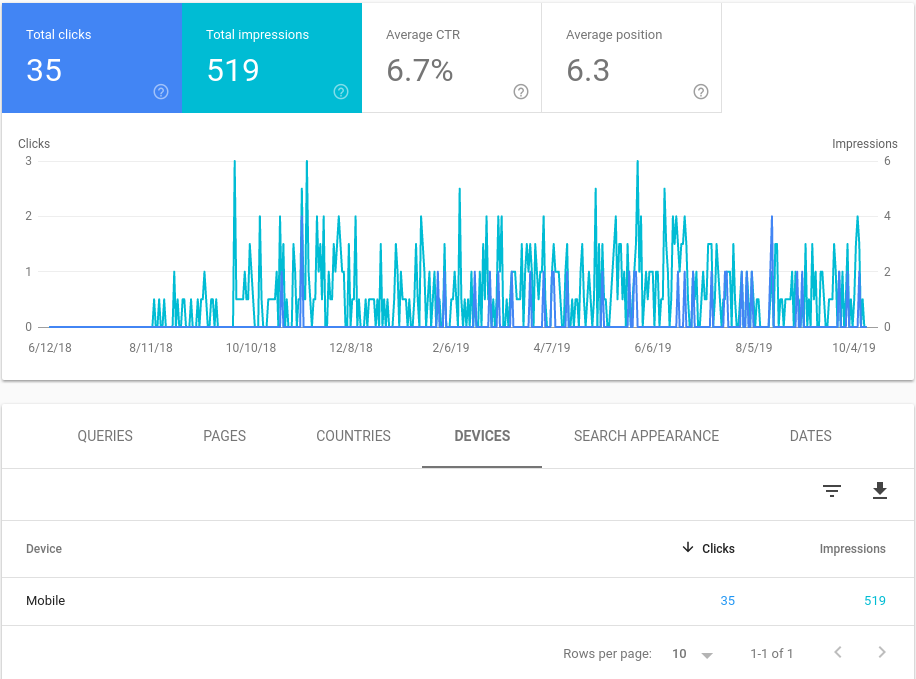
I may be dating myself here, but how many of you remember Knight Rider? Michael talking to Kitt, his black Trans Am via his 1983 version of an Apple Watch?
It was sci-fi then, but today, we call that voice search, and it’s becoming an everyday part of our daily lives. In this post, we will explore tracking voice search queries using Google Search Console.
Why voice search is so important to local SEO.
Voice search is here to stay and digital marketers are trying to figure out how to tap into this gold mine. Voice assistants like Amazon Echo, Alexa and Siri are changing consumer behavior and it turns out that this change in behavior is great news for local businesses.
Before we get into how we can analyze and optimize for voice queries, let’s quickly take a look at what is driving this and why it’s such a golden opportunity for local SEO.
Voice assistant and smart speaker searches are on the rise.
As voice technology continues to quickly evolve, it keeps making it easier for us to interact with our machines.
Let’s look at a few statistics:
- 20% of all searches are voice, and the trend keeps rising.
- 31% of mobile phone users use voice assistant technology at least once a week.
- It is expected that by 2020 50% of online searches will be voice queries.
- By 2020, it is also expected that 30% of web browsing sessions will be done by voice.
- 57% of smart home speaker owners have made a purchase using their device.
- 24% use their smart speaker voice assistant daily.
- 29% use it more than once a day.
This not only shows us how prevalent voice search is already, it also indicates that is expected to keep rising.
Voice queries are local searches much of the time.
According to a study, 46% of voice assistant users search for a local business on a daily basis.
While text based search is still more popular to research new businesses, voice search wins in searching for information on businesses that the users have previously used.
While all industries benefit from voice search, the ones that benefit the most include:
- Restaurants and coffee shops (51% of consumers would use voice search to find)
- Grocery stores (41%)
- Food delivery (35%)
- Clothing stores (32%)
- Hotels (30%)
The user intent is quite clear.
Most of the queries for local businesses are inquiries into hours of operation, location and services and/or products offered. What that tells us, is that the user is most likely in the decision process of the sales funnel and more likely to convert.
According to statistics, user actions following a voice search are very promising:
- 28% of users call the business.
- 27% visit the business website to get more information.
- 19% will visit the business.
With such strong indicators, local voice search queries become extremely valuable.
What does Google think about all this?
Mighty Google is also aware of the importance and rise of voice search queries.
This awareness can be seen in Google’s featured snippets, which attempt to answer searchers’ questions immediately in the search results, without having to click on any additional links.
Here is an example of a Google featured snippet about our topic:

Analyzing your voice search traffic.
So now that we know that voice search is beneficial to local SEO and businesses, let’s see how we can track it.
Anatomy of a voice search query.
As of the time of this writing, there is no foolproof way of determining which queries were originated by a voice assistant. But there are some tell-tale signs to look out for:
Be on the lookout for natural language.
Voice queries typically have a conversational tone.
A text based search will be more of a ‘computer oriented’ nature, such as ‘coffee shop near me’. By contrast, a voice search will be more of a question, such as ‘where is the nearest coffee shop’.
Another clue to look for are prepositions as part of the query. Phrases that include words like ‘in’, ‘of’, ‘with’ are more likely to be from a voice assistant.
Is it a question?
Many voice queries are in the format of a question and begin with ‘what’, ‘why’, ‘when’, ‘how’, and ‘where’.
This is really just another aspect of natural language, but a good way to quickly identify potential voice commands.
Examine long tail keyword phrases.
Going hand in hand with natural language queries are long tail keyword phrases. This is almost by default because voice search are often in sentence form, which consists of many words.
One thing to note about this and Google Search Console, is that Google can sometimes drop words from the original search phrase, making it more difficult to make a judgement whether a query is potentially of voice assistant origin.
Look for localized queries.
As mentioned previously, voice searches are frequently local in nature. Look out for words such as ‘near me’, a specific geographic location such as ‘Chicago’, and phrases such as ‘opening hours’. These all hint local queries.
Google Search Console is your friend.
Google Search Console is a free tool provided by – you guessed it – Google. It lets you dig in to queries that generated traffic to your website.
What’s great about this search analytics tool is that it shows you the search queries which your website ranked for, how many impressions, how many clicks, and much, much more.
We’ll go through some examples of how to use Google Search Console and how to identify potential voice search queries. Again, there is no foolproof way of doing it at this time, but we can at least make a very educated guess using this process.
So now we’re in our console, and the first thing we’ll look at is the top three queries for a specified period of time. In our case, it’s 12 months.

So what we see here, is that ‘print size calculator’ was the organic search term with the highest click through rate. While this is good to know, we would like to know more.
Let’s drill down.

So here we are looking at the devices that were used to view and click on the term. Note that ‘Desktop’ is the overwhelming winner, and most likely not a voice search query. The term ‘print size calculator’ definitely does not sound like natural language either, so I think we can rule this one out.
But note all the other useful metrics associated with this query! What a treasure for keyword analysis!
Let’s move on and try to locate a voice search candidate.
Looking through the queries, I locate this:

The one that really stands out is ‘how big can I print my photo calculator’. That definitely meets our simple criteria:
- Natural language.
- Long tail keyword.
- Uses prepositions.
- Asks a question.
Ok, let’s drill down and see which devices were used:

So it looks like the ONLY devices were mobile. But I have to admit, the query itself does not look like something that would be done a mobile search. Or does it?
If you think about it, it looks like this person was in the middle of some work printing some pictures. At first glance, it strikes me that this type of work would be done while working at a desk. But, perhaps the user was at a print shop and wanted to check on the possible print sizes?
From this point forward, you’ll need to use your judgment and detective skills, because that’s about as far as we can get. But even so, this is not bad. Hopefully, Google will soon provide some tools so we don’t have to guess, but until then, get your FBI mode on get to investigating.
References:
Kobit: Why we need voice search analytics
CampaignLive: Just say it: future search voice personal digital assistants
NPR: Edison research release, part 2 of the smart audio report
SearchEngineWatch: How voice queries are showing up in search data
BrightLocal: Voice search for local business study
SeroundTable: Google video on voice search in the google search console


